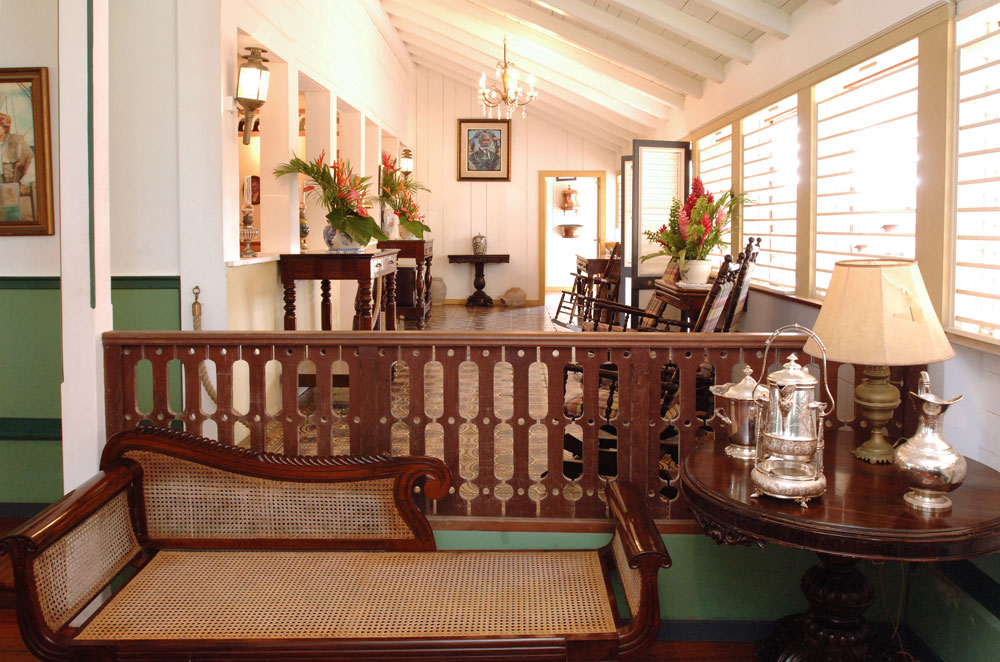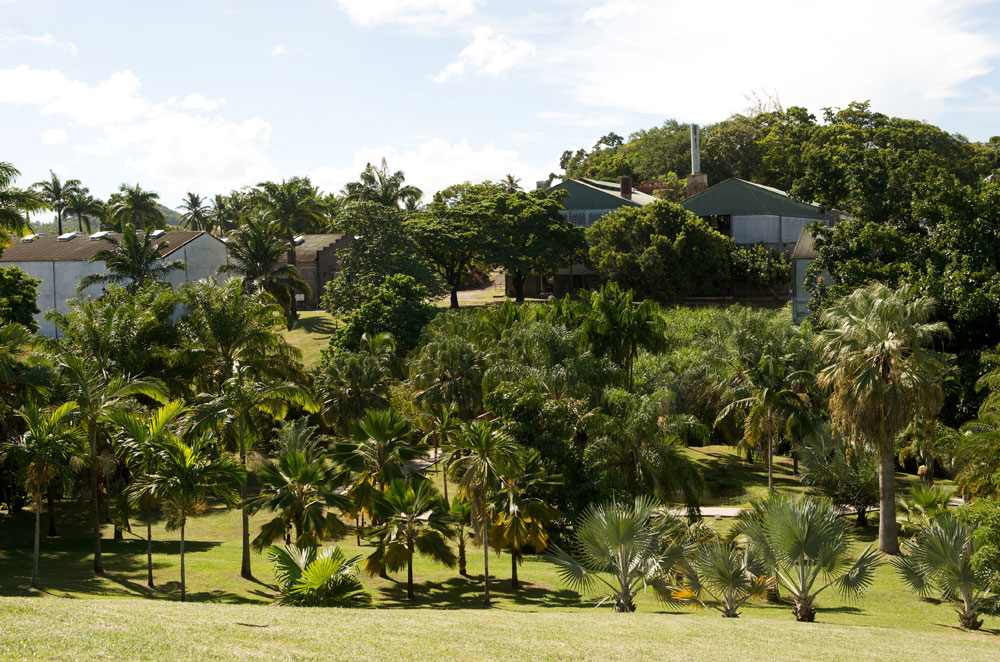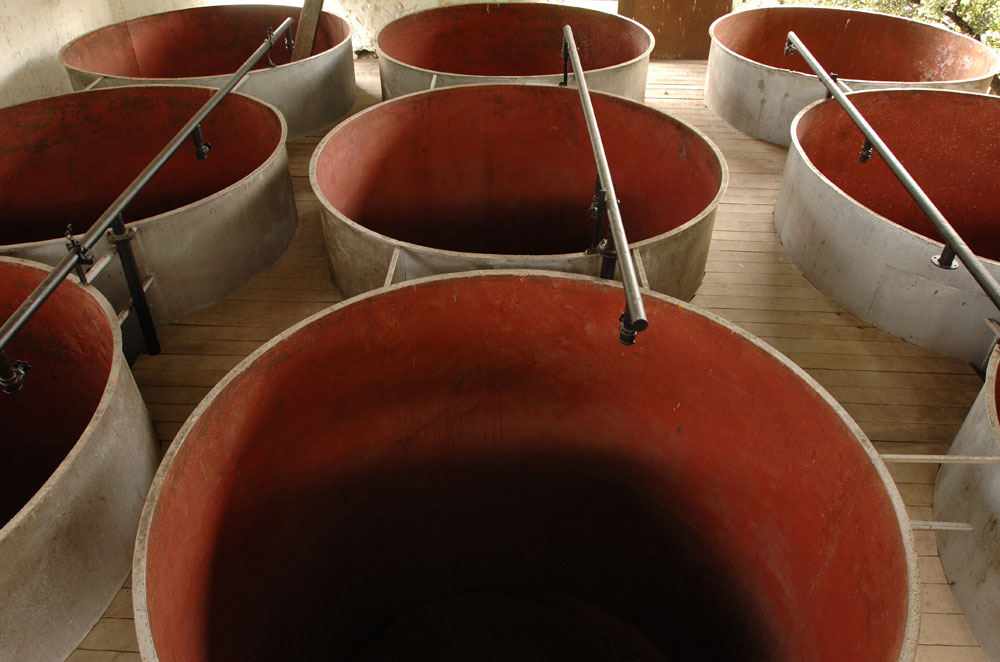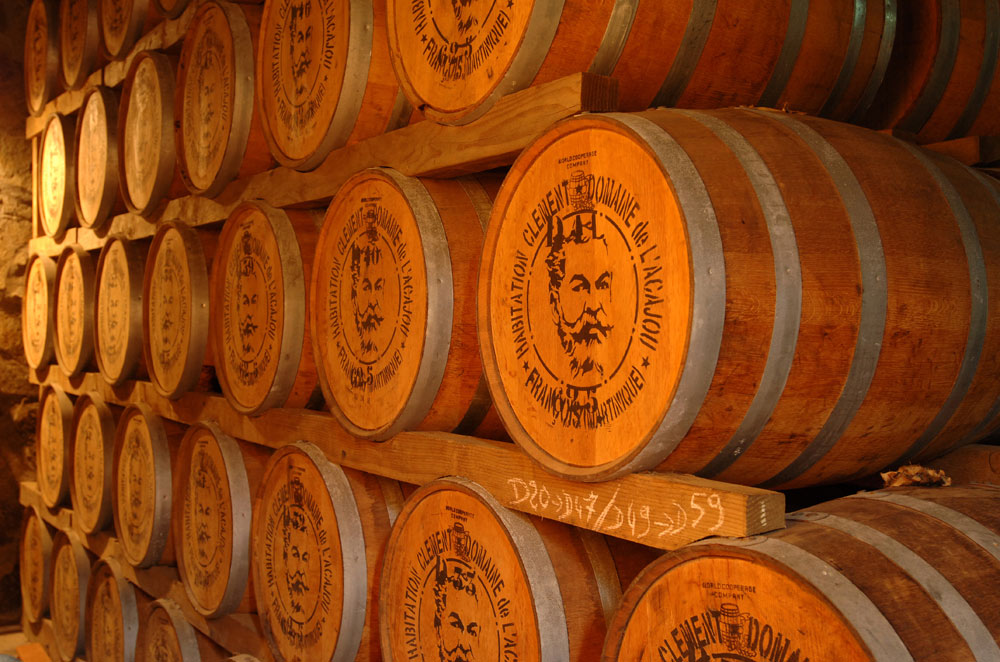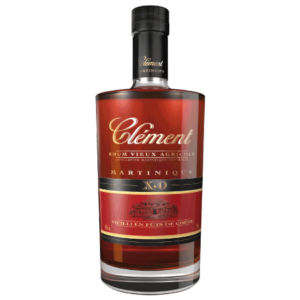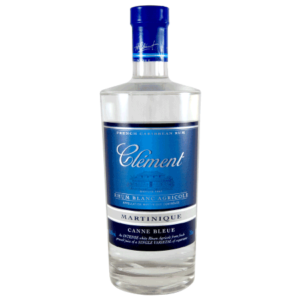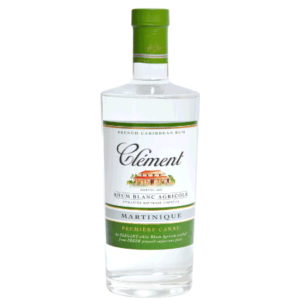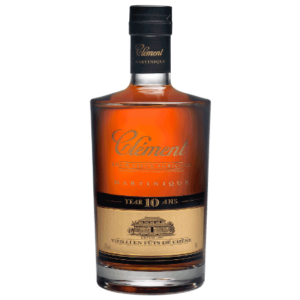
Rhum Clément

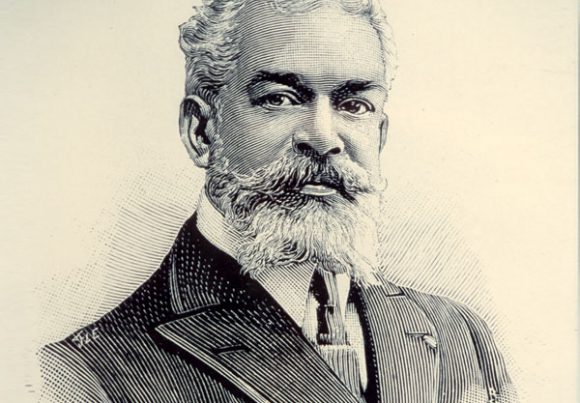

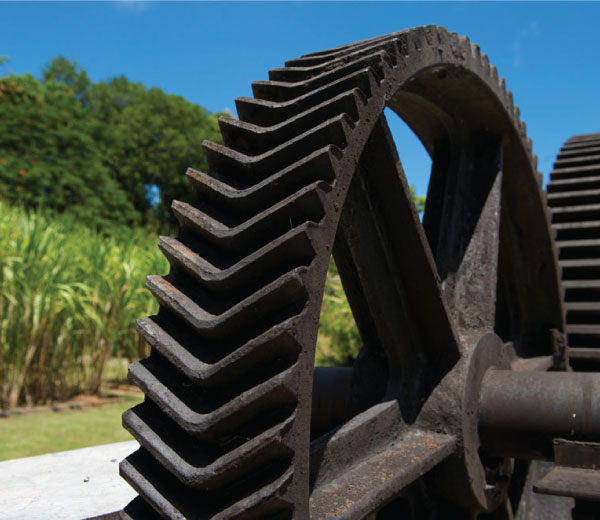

Tradition
Martinique has long had the reputation of having the best terroir for sugarcane cultivation, long before Homère Clément had the imaginative idea to press sugarcane to produce Rhum Agricole. Domaine de l’Acajou was purchased in 1887 at the peak of the sugar crisis. The introduction of sugar beets and the increasing availability of cheap South American sugar lead to the collapse of the Martiniquean sugar commerce.
As a result, the local economy, which was driven by the principle cash crop of sugar, was in shambles. Many planters were out of work and took to the streets rioting against the bankrupt plantation owners. What once was a rich and lively island was quickly mired in economic despair. At this time, Homère Clément was a very popular member of the Martiniquean community and the mayor of Le Francois. He purchased the prestigious sugar plantation known as Domaine de l’Acajou just 3 kilometers from the center of Le Francois. This 43 acre estate was considered one of the best sugar plantations on the island of Martinique. But as it was stuck in a poor and stagnate sugar economy, it was unfortunately forced into bankruptcy.
Homère Clément made the necessary investments and transformed one of the island’s most prestigious sugar plantations into a producer of world-class Rhum Agricole. He had the planters return to the fields to harvest sugarcane once again, but not to refine sugar. His idea was to press his quality estate grown sugarcane to extract first-pressed aromatic and flavorful sugarcane juice to distill pure rhum. Inspired by the enjoyment of great brandies while studying in his early years in Paris, Homère mimicked the distillers of the great Armagnac’s of southwestern France to perfect his method of rhum production known today as Rhum Agricole.
Habitation Clément soon became the Mecca of Rhum Agricole and today receives an average of 160,000 thousand spirit enthusiasts and rhum aficionados each year who visit the distillery and taste barrel samples in the cellars. Habitation Clément offers an experience for all.
The culture is rich and many people come to spend quiet time visiting the botanical gardens of Habitation Clément, pass by the cellars loaded with barrels of rhum with the smell of rhum evaporating into the heavens, tour the house to take in the classic Créole antiques and architecture, visit brand new art galleries housed in re-furbished rhum cellars as well as tour the museum of Rhum Agricole, which symbolizes the rich cultural heritage of how Rhum Agricole came to be at Rhum Clément and in Martinique.
A tour of Habitation Clément is time well-spent on Martinique. A new gift shop and tasting room has been built to welcome visitors to Habitation Clément. Part of the recent developments to the Habitation Clément Experience is a small movie house where visitors can watch a film about plans to finalize the end of the first Persian Gulf War in 1991 in which French President Francois Mitterrand borrowed one of France’s great Caribbean treasures, Habitation Clément, to host President George H.W. Bush and his State Department delegates.
Visit Clément
Located in Le Francois, Habitation Clément is the birthplace of Rhum Agricole and carries the culture of an ancient Créole sugarcane plantation rich with French West Indian history, which has been completely refurbished by the Hayot family to remain a Martiniquean cultural icon for centuries.
Formerly known as Domaine de l’Acajou, Habitation Clément welcomes thousands of tourists every year who come to discover old world and new world Créole culture. Many people spend peaceful time touring the botanical gardens or visiting where Rhum Clément has been made for more than 125 years, and no one leaves without a special bottle for their home bar. Recently some of the older structures have been refurbished into galleries and frequent exhibitions of local Caribbean artists are always open for display. Habitation Clément has been a registered French historical land mark since 1996 and has hosted several significant world events and dignitaries.





